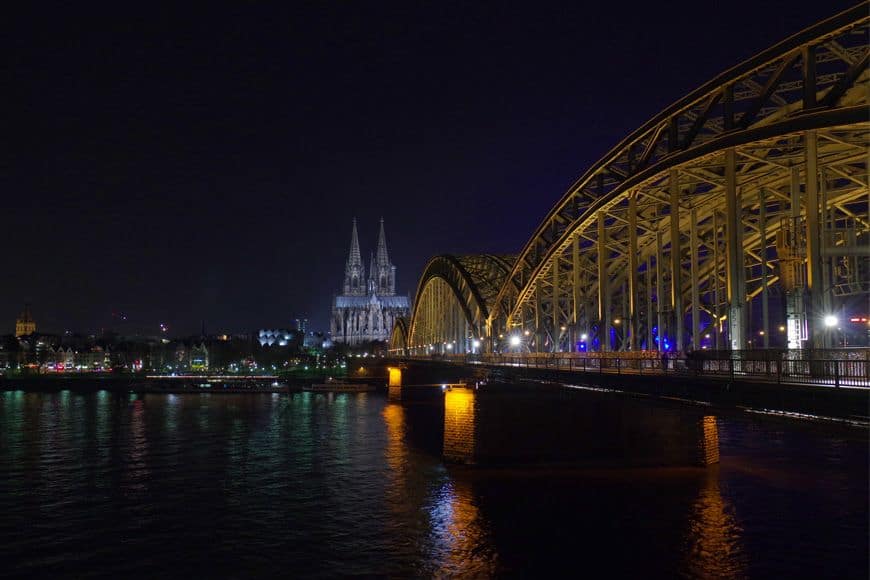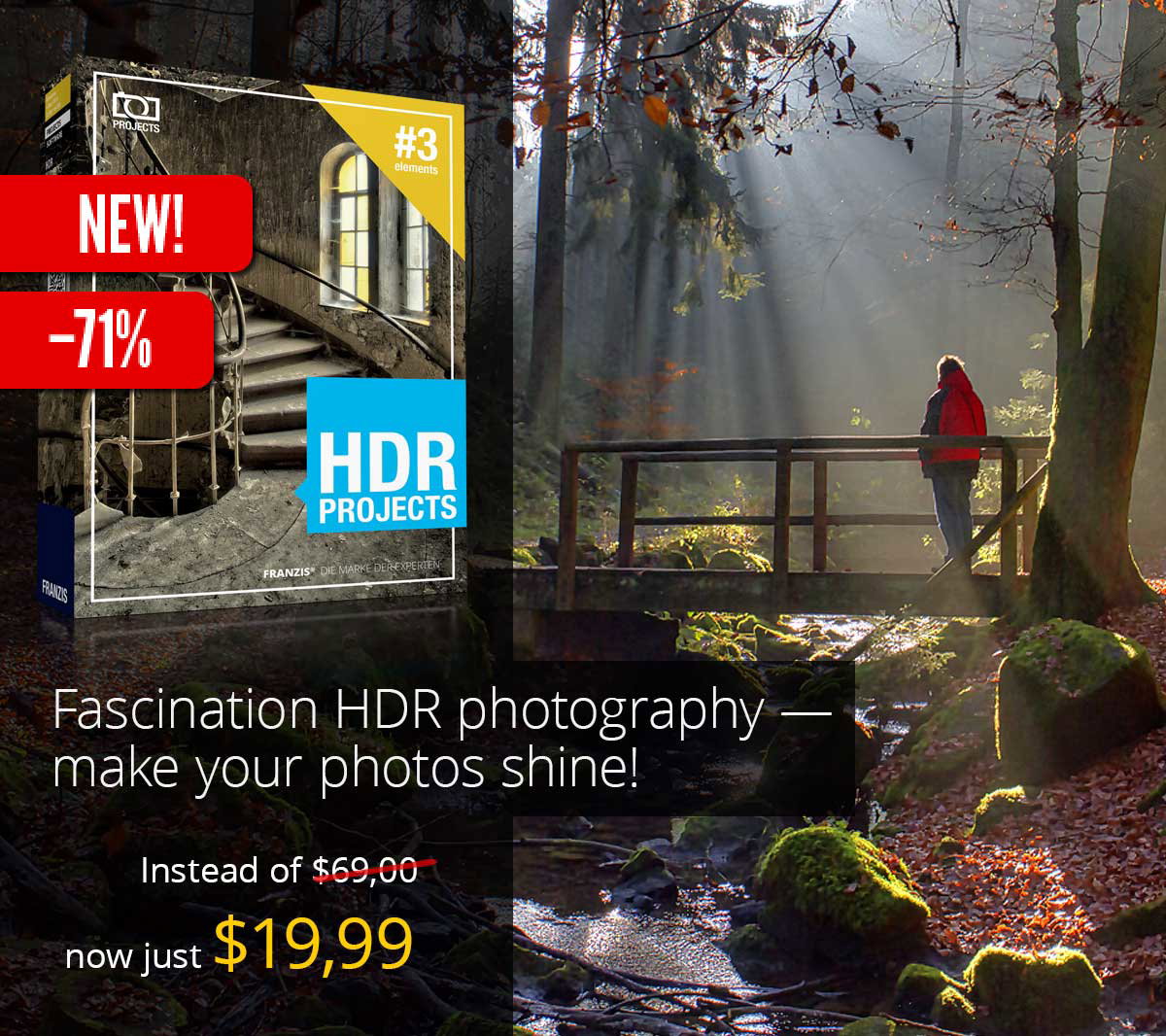

While professional movie cameras like those made by RED or ARRI have sensors with a dynamic range of thirteen or fourteen stops, most displays only have a dynamic range of between eight and ten stops.

One of the greatest barriers to HDR video is that most TVs and cinema screens simply can’t display it. While it’s often easy to spot a HDR image, if done well it’s almost impossible to recognise finished HDR video. HDR videos are shot as flat as possible so that they can take heavier colour grading and processing in post-production. HDR videography is much more of a tool purely to extend the dynamic range of the camera rather than to create HDR-stylised video. Whether that’s a good thing or not is up for debate. Second, HDR photography has developed into it’s own field there is a specific look associated with it. The different exposures need to be captured concurrently, or as close to concurrently, as possible. No matter how skilled the actor, they won’t be able to repeat their previous performance with perfect accuracy. If you’re filming a video, you can’t stop to lock down your camera and film the scene twice with different exposures too many details will change between each take. When there is no movement in the scene (or you are trying to blur the movement in the scene) this works well very little changes between each exposure. In HDR photography, the camera is normally locked down on a tripod and shutter speed is adjusted between each frame. HDR videography, however, differs from HDR photography in a number of significant ways.įirst, the techniques used for still images don’t readily transfer over to video. HDR video is essentially the same as HDR photography in that you record a scene with more than one exposure and blend them together in post production in order to extend the dynamic range of the camera.


 0 kommentar(er)
0 kommentar(er)
